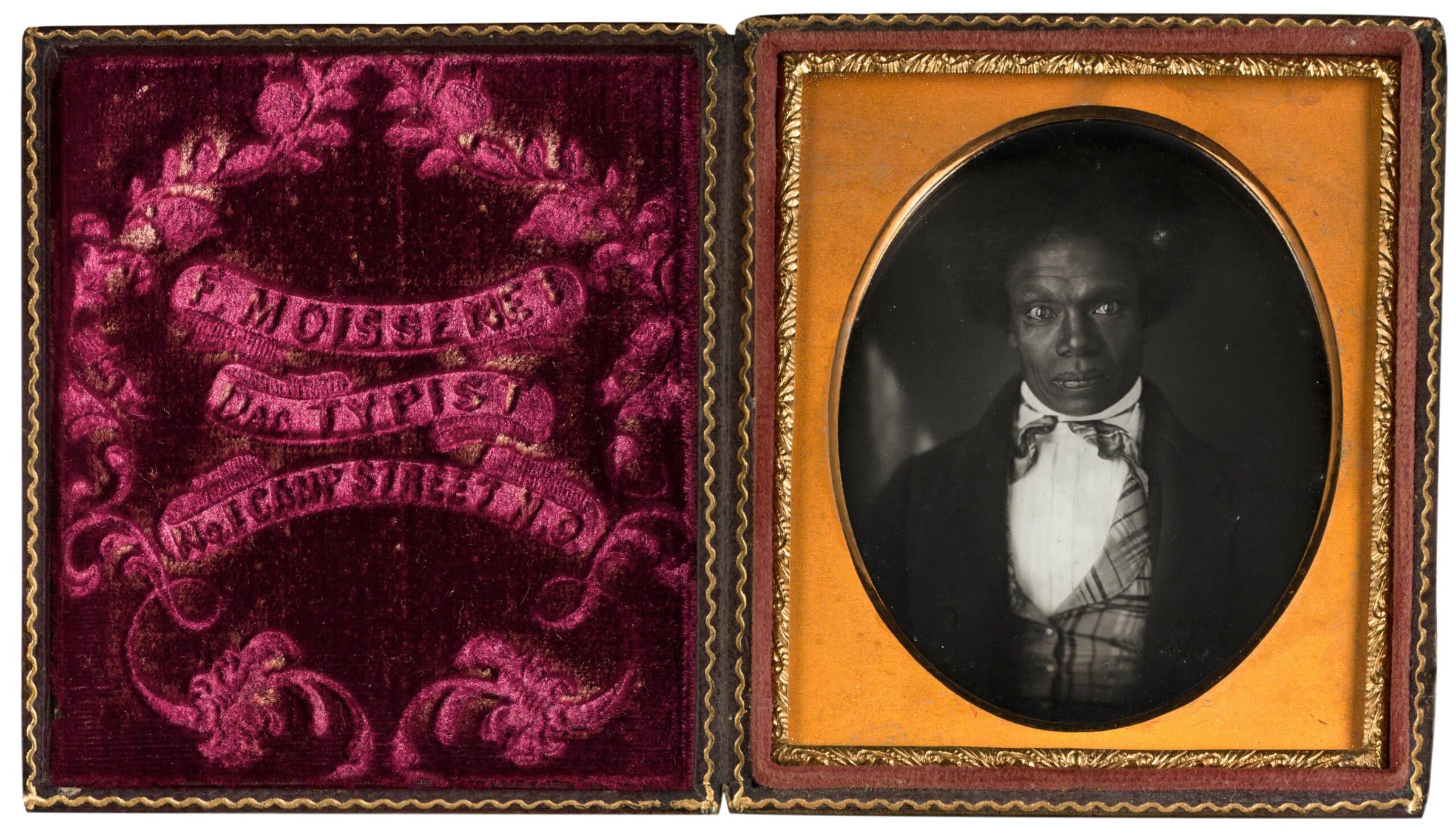Tourists often visit Frederick, Maryland, to learn Civil War history, including the city’s transformation into “one vast hospital” after the Battle of Antietam. Others want to see the hometown of Francis Scott Key, the author of “The Star-Spangled Banner.” In their search for history, visitors often find themselves at Ross House, a three-story brick mansion on Council Street, constructed circa 1817. A plaque in front of the house proclaims that the Marquis de Lafayette visited there in 1824 and that Francis Scott Key’s first cousin Eleanor Murdoch Potts resided there. What many tourists do not realize, though, is that in the back lot of Ross House stands the only known remaining slave quarters in Frederick.

The yellow-painted brick building has three original doorways and an original chimney presumably used for everyday cooking and warmth during the winters. The doorways may have led into two living spaces with a separate kitchen, but any interior walls have long since been demolished. Today, the space looks like a long hallway about six feet wide. Like many urban slave quarters, this building stands close to the main house and outbuildings including stables, an icehouse, and a smokehouse. These buildings are surrounded by a seven-foot wall constructed to keep enslaved workers on the property and under the supervision of white enslavers.
The slave quarters and other outbuildings still stand because Ross House is classified as a Maryland historic site, thanks in large part to historians and family genealogists who have biographed the white homeowners. Yet the history of this place has ignored the enslaved people who were integral to the operation of Ross House.
Although sparse records make it difficult to uncover their stories and how they moved through these spaces, we now have insight into the identities of some of the enslaved people who lived and worked at Ross House from 1817 until 1843. One of the first people enslaved here was Suck, a girl jointly purchased on December 14, 1821, at the age of 16 by the house’s first owner, John McPherson, and his son-in-law, business partner, and neighbor, John Brien. We can imagine Suck preparing meals in the slave quarters and collecting ice from the icehouse for the McPhersons. Records do not indicate that Suck was ever manumitted, so she may have resided at Ross House until 1835, when the property was sold.
The last person who lived enslaved at Ross House was a man named Notley Brown, who arrived in 1835 with his enslaver, Eleanor Murdoch Potts. Brown may have lived in the section of the slave quarters closest to the stables. Perhaps he cared for Potts’s horses and drove her carriage, given he was raised in the city and thus knew it well. Brown was enslaved at Ross House until 1843, when he was manumitted at age 34 in accordance with Potts’s final will. After his manumission, Brown would have faced an uncertain future as he navigated the precarious transition from enslavement to legal freedom.
Suck’s and Notley Brown’s stories are not directly tied to the Civil War history that so often draws tourists to Frederick, apart from slavery being a cause of the Civil War. Yet the Ross House slave quarters are a powerful physical reminder of the often overlooked history of enslavement in the city. This structure and the stories held within also remind us to be active tourists as we explore familiar and unfamiliar places. The slave quarters, unmentioned on Ross House’s historic marker, are evidence that there is often more to historic places than meets the eye. So the next time you come across a historic marker, read it with a curious mind and ask what history may be unrepresented and, perhaps, yet to be discovered.
Gabrielle McCoy is a history PhD student at the University of South Carolina.
This work is licensed under a Creative Commons Attribution-NonCommercial-NoDerivatives 4.0 International License. Attribution must provide author name, article title, Perspectives on History, date of publication, and a link to this page. This license applies only to the article, not to text or images used here by permission.


